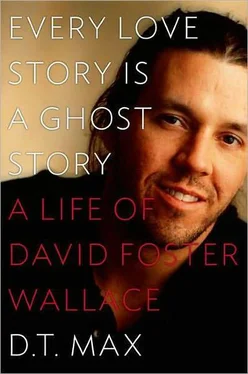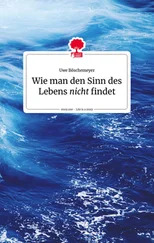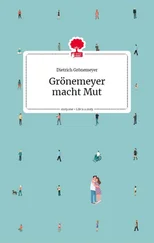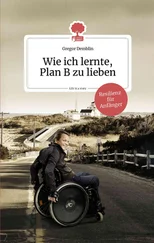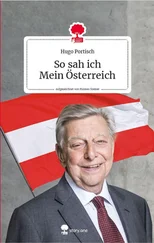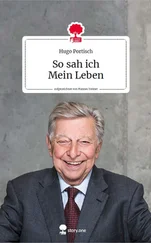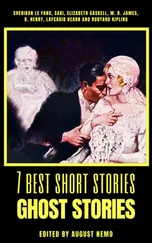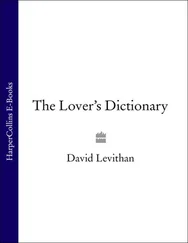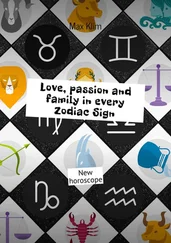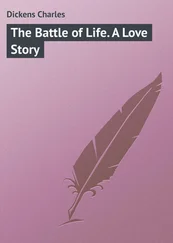As 1993 drew to a close, Wallace had nearly finished his draft. He had made some of the cuts Pietsch had suggested and he had continued to expand Don Gately’s role, so that Gately was beginning to take the book over from Hal Incandenza. The change limned his own journey post-sobriety, from clever to mindful. Late in the novel, Gately is shot trying to protect his Ennet House charges and lies in a hospital, enduring the pain without morphine. In what is effectively the climactic scene of a novel without climaxes, he resists artificial pain relief with great effort:
He could do the dextral pain the same way: Abiding. No one single instant of it was unendurable. Here was a second right here: he endured it. What was undealable-with was the thought of all the instants all lined up and stretching ahead, glittering. And the projected future fear.…It’s too much to think about. To Abide there. But none of it’s as of now real. …He could just hunker down in the space between each heartbeat and make each heartbeat a wall and live in there. Not let his head look over. What’s unendurable is what his own head could make of it all…. But he could choose not to listen.
In November, Wallace returned to Boston for a panel at the Arlington Center for the Arts. The subject was the future of fiction. There were about thirty people in the audience and the host was Sven Birkerts. Birkerts and Wallace had met once since the former had given Girl with Curious Hair its first serious consideration, during Wallace’s short stint as a student at Harvard. At the time, Birkerts had been stunned by Wallace’s rapid-fire thought, enthusiasm for postmodernism, and need for cigarettes. Birkerts had also invited Franzen. To the audience, Wallace seemed the most cheerful of the three participants, the one with the most sense that successful fiction was still possible. Stranded overnight on the way home at O’Hare Airport, he wrote a long note (“HOPE THIS IS READABLE; I USED BLOCK CAPS, IN HOPES”) to Birkerts, trying to explain just how much he had changed. He told Birkerts that the critic cared more for “Little Expressionless Animals” than the author did now. The note also contained an early suggestion that capturing human verities when you had Wallace’s racing, recursive mind might at times be hard:
This long thing I’m 90 % done with — I wanted to make a kind of contemporary Jamesian melodrama, real edge-of-sentimentality stuff, and instead I find it buried — like parts of “L.E.A.”—in Po-Mo formalities, the sort of manic patina over emotional catatonia that seems to inflict the very culture the novel’s supposed to be about. 6
He added, “I have never felt so much a failure, or so mute when it comes to articulating what I see as the way out of the ironic loop.”
That fall Wallace asked Moore to look over the manuscript and see whether the cuts Pietsch had wanted in June made sense to him. He was pleased when a month later Moore responded with suggestions for more modest condensing. Even better, his ideas were, by Wallace’s estimate, “80 % different from Little Brown’s, meaning I get to go with my gut more.” Wallace’s gut was that when Pietsch read all the pages he’d see better how they all fit together. He had also realized by now that he was not going to be able to get the book in by the end of the year and had apologetically asked Pietsch for an extension; there were only so many hours in the day. As a professor, he penalized students for late papers, but to his surprise, Pietsch was happy to give him more time. “The trick in a case like this,” Pietsch wrote back, “is to make sure we have to ask for only one extension.” They agreed in the end to a new due date of April 15, five months away. Still, feeling guilty after the fact, in January, Wallace sent the excuses he ought to have put in the first note: the surprising Illinois cold, a lithium battery in his 1980s-era computer so old it was “no longer manufactured outside like Eastern Europe,” and most of all Jeeves:
I thought getting a puppy would make it easier to spend 3 or 4 months in high-stress isolation, but it turns out the puppy does not go into suspended animation or reversible coma when I need to work, and shits about 17 times a day, and barks.
He was back at work by now, among other things expanding the “interAmerican huggermugger” that Pietsch had found too complicated, believing that the book needed it. Infinite Jest might be a “Jamesian melodrama,” but it was also the big shit he’d been working on for almost ten years, his bid for a seat at the table with Pynchon, and for that he had to preserve his unfamiliar political setting. He also around this time wrote what would become the beginning of the novel, the memorable scene, set a year after the end of the rest of the book, in which Hal Incandenza has a nervous breakdown during an admission interview at the University of Arizona. What transpires is an exaggerated version of Wallace’s own experience on his college tour fifteen years before, when he threw up at his Oberlin interview. At his own interview, Hal is seized by terror and literally can no longer speak. He is rushed to an emergency room in the midst of a psychotic episode, the end of which trip he imagines in detail:
It will start in the E.R., at the intake desk…or in the green-tiled room after the room with the invasive-digital machines; or, given this special M.D.-supplied ambulance, maybe on the ride itself: some blue-jawed M.D. scrubbed to an antiseptic glow with his name sewn in cursive on his white coat’s breast pocket and a quality desk-set pen, wanting gurneyside Q&A, etiology and diagnosis by Socratic method, ordered and point-by-point. There are, by the O.E.D. VI ’s count, nineteen nonarchaic synonyms for unresponsive , of which nine are Latinate and four Saxonic…. It will be someone blue-collar and unlicensed, though, inevitably — a nurse’s aide with quick-bit nails, a hospital security guy, a tired Cuban orderly who addresses me as jou —who will, looking down in the middle of some kind of bustled task, catch what he sees as my eye and ask So yo then man what’s your story?
Wallace saw that the scene was a better lead-in for the novel than the discussion between Hal and his father posing as a professional conversationalist that had stood at the book’s beginning for so long. It captured the sense of terrified isolation that is key to the story, the worry that what we feel we can never express. And it held out a hope rarely signaled in Wallace’s earlier work but dear to his recovery experiences: the possibility that telling a story can heal.
But beginning the chronology of the book a year after the earlier draft had ended also presented a problem, one that offered an opportunity that excited Wallace. Telling Pietsch about it was likely the real purpose of his letter complaining about Jeeves. Wallace acknowledged as much in his note: “A lot of this is stalling before a query.” If Hal was a crack-up in the first scene of the novel, the reader might reasonably wonder how he had gotten that way. There were several possibilities. Hal may have seen the devastatingly absorbing video his father made or be detoxing from marijuana or have taken a potent kind of hallucinogenic fungus known as DMZ (nicknamed “Madame Psychosis”). Hints for all three of these plot twists are in the text. But Wallace wanted to tell Pietsch that he was never going to let the reader settle on one. Infinite Jest was meant to be a failed entertainment, not a potted amusement. He now warned his editor that he wasn’t going to tie up his story in a nice little bow: “Any sort of conventional linear ending for this stuff is in my opinion going to seem either linearily thrillerish in a way that doesn’t go with the rest of the book; or else incredibly prolix and complicated.” Reminding Pietsch that the plot of the book he’d bought “has always been more of an arc than a terminating line,” he proposed
Читать дальше
